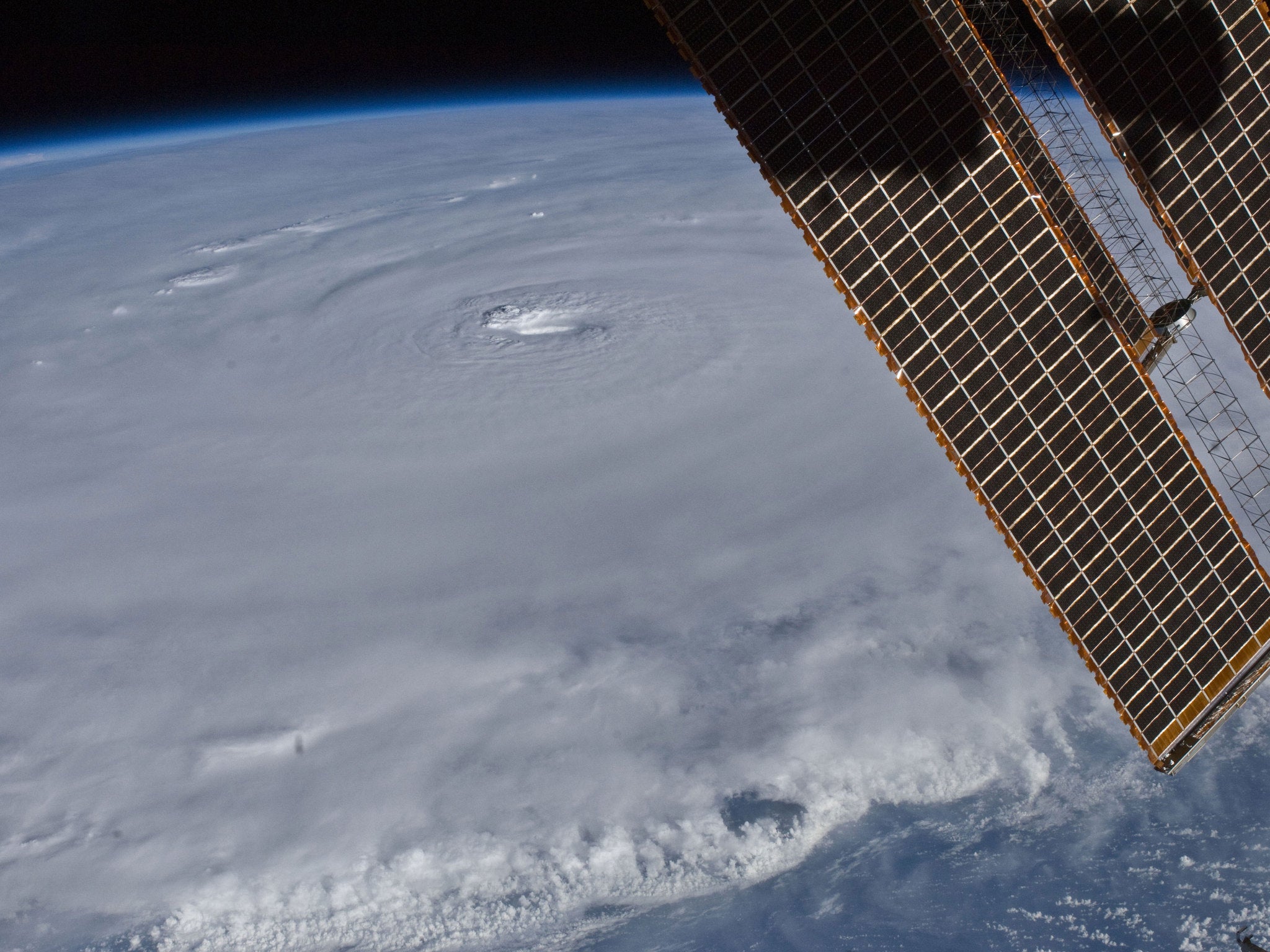Is Russia flying a satellite killer around space? Unidentified Russian satellite prompts space weapon worries
Satellite flying around space could point to revival of anti-satellite weapons, say experts

Your support helps us to tell the story
From reproductive rights to climate change to Big Tech, The Independent is on the ground when the story is developing. Whether it's investigating the financials of Elon Musk's pro-Trump PAC or producing our latest documentary, 'The A Word', which shines a light on the American women fighting for reproductive rights, we know how important it is to parse out the facts from the messaging.
At such a critical moment in US history, we need reporters on the ground. Your donation allows us to keep sending journalists to speak to both sides of the story.
The Independent is trusted by Americans across the entire political spectrum. And unlike many other quality news outlets, we choose not to lock Americans out of our reporting and analysis with paywalls. We believe quality journalism should be available to everyone, paid for by those who can afford it.
Your support makes all the difference.A mysterious Russian object is being tracked by space agencies, giving new life to fears about the increase of space weapons.
The satellite, dubbed Object 2014-28E, has grabbed the interest of official and amateur satellite-watchers because it is taking a confusing path and its purpose has not been identified, reports the Financial Times.
The satellite — which this morning was over the South Pacific Ocean, somewhere between Australasia and South America —can be tracked online. Amateur satellite-trackers have been doing just that and have been watching the path of the satellite.
Some think that it could be collecting space junk, helping to clean up the useless satellites that are floating around space. Or it could be providing fuel or repairs to other satellites. But others fear that the satellite could be used to destroy enemy ones.
“Whatever it is, [Object 2014-28E] looks experimental,” Patricia Lewis, research director at think-tank Chatham House and an expert in space security, told the FT. “It could have a number of functions, some civilian and some military. One possibility is for some kind of grabber bar.
“Another would be kinetic pellets which shoot out at another satellite. Or possibly there could be a satellite-to-satellite cyber attack or jamming.”
The rocket was launched in May, on a rocket that carried three other packages, but the launch of the mysterious satellite was not declared. It was initially thought to be debris, but after it performed complex manoeuvres the US re-classified it as a satellite, and Russia increased the reported amount of satellites that had been launched on the mission.
After some confusing moved between August and October, it moved towards another object last weekend. That could mean that it has finally intercepted its target and its mission has come to an end, according to some watching the satellite.
Anti-satellite weapons began to be developed in the 1950s. Russia developed its Istrebitel Sputnik (fighter satellite) in the early 1960s — the satellite was designed to fly close to other satellites and detonate and detonate a warhead that would bring it down.
Russia has officially called off the programme, though other anti-satellite weapons have been demonstrated by countries including China and the USA. They have mostly been used to destroy satellites that might otherwise have posed a danger if they fell to earth.
Russia may also seek to leave the International Space Station (ISS) project, and instead start building its own station from 2017, according to local news reports. Russia has reportedly said that it is doing so is because the angle at which the ISS is tilted towards the earth means that it sees no more than 5% of Russia, but a new placement will let it see up to 90% of Russia.
Join our commenting forum
Join thought-provoking conversations, follow other Independent readers and see their replies
Comments